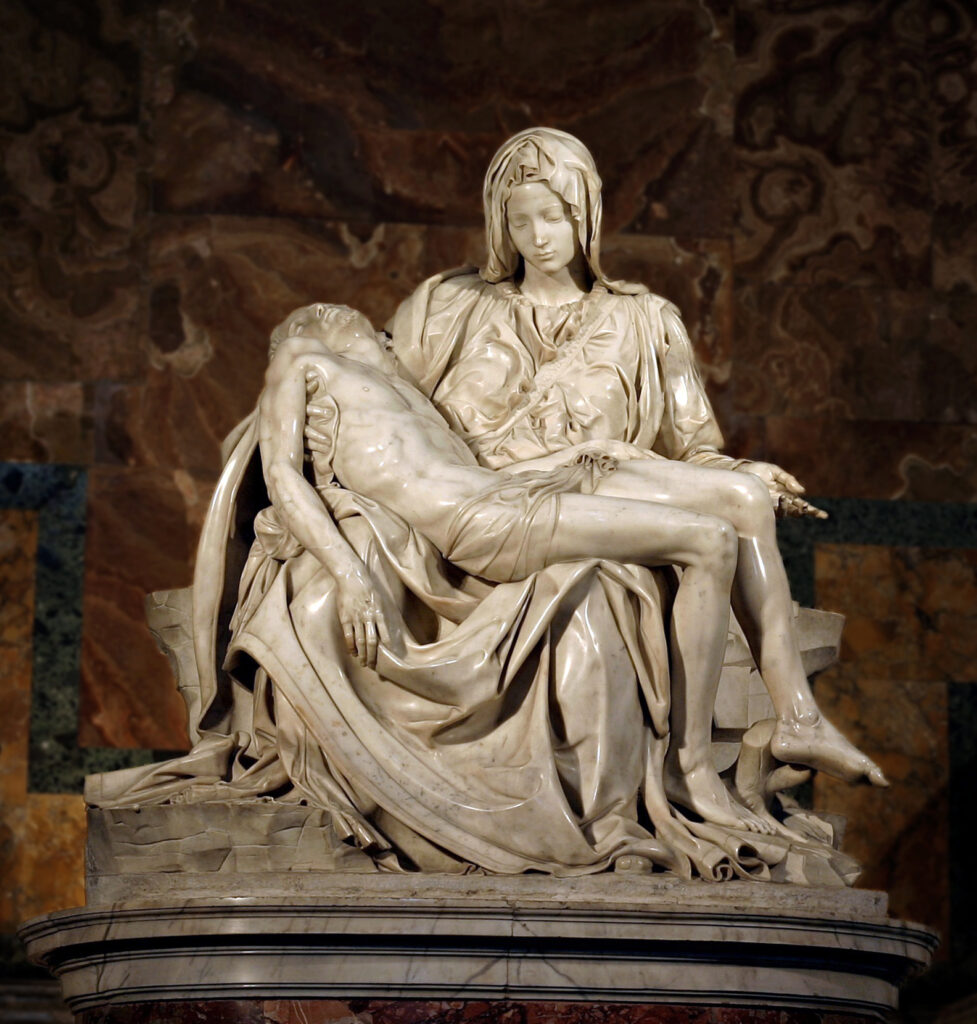This Sunday the lectionary invites us to ponder the passages which the English Standard Version translation of the Bible titles “Jesus presented at the Temple.” It’s in the Gospel According to Luke (Luke 2:22-38).
Last week, in my column Jesus, Prince of Peace, remover of blindfolds, I discussed how Luke begins his gospel or “good news”: he begins with angelic announcements of the births of John Baptist and of Jesus, supranatural pregnancies, and the decision of Jesus’ parents to obey the emperor. He begins by stressing that despite all the supranatural events, Jesus’ parents obeyed the emperor.
In the present passage, Luke tells us how Jesus’ parents obeyed Jewish law. Bible scholar David Garland puts it well: Caesar’s authority brought them to Bethlehem and the law’s authority brought them to Jerusalem. One of the striking differences between Luke and the gospels according to Mathew and Mark is that Luke speaks very often of Jerusalem, the centre of Jewish faith.
According to Jewish law, a woman was unclean after delivering a baby. She had to make an offering to purify herself. The law is found in Leviticus 12. The prescribed offering was a lamb. But those who could not afford a lamb could offer a pair of turtle doves and two young pigeons. By telling us Mary offered the four birds, Luke signals that Mary and Joseph were poor.
Also according to Jewish law, the firstborn male belonged to God (Exodus 13:2, 12, 15). The parents had to “redeem” him from God. The price was listed in Numbers 18:15-16. It was five shekels of silver. That’s fifty-five grams of silver. Luke doesn’t record a payment. This may be his way of signalling that Jesus’ parents didn’t redeem him because he belonged to God.
Having told us earlier that the parents of John Baptist were righteous – which means “morally upright,” Luke now tells us of two other righteous persons who bore witness to Jesus. The first is Simeon. The second is Anna.
Luke says Simeon was known to be righteous, was especially favoured by God, longed to see the Christ, the Saviour, and was moved by the Spirit of God to come to the Temple when Jesus was brought there.
It’s often said that Simeon must’ve been old, because he said having seen Jesus, God’s promised Saviour, he was ready to die. But this could be true of a young man too.
Simeon prophesied over Jesus in the form of a song. The song is known as Nunc Dimittis, after the Latin of the first words, “Now Dismiss.”
The song has six lines. The last two lines describe Jesus as “a light for revelation to the Gentiles, and for glory to your people Israel.”
It’s striking that Luke – a Gentile, and a companion of Paul, the Apostle to the Gentiles – early in his gospel, calls Jesus the revelation to the Gentiles, people whom the Jews looked down upon.
It’s also striking that Luke says Jesus was for glory to Israel. This echoes what the apostle John says at the beginning of his gospel:
And the Word became flesh and dwelt among us, and we have seen his glory, glory as of the only Son from the Father, full of grace and truth. (John 1:14).
Simeon has no doubt who the baby is. This is the promised one. The one Israel was supposed to anticipate. The anointed one. The Messiah. The Davidic King. Luke tells us Simeon also said:
Behold, this child is appointed for the fall and rising of many in Israel, and for a sign that is opposed 35 (and a sword will pierce through your own soul also), so that thoughts from many hearts may be revealed.
Those words echo what Mary said in The Magnificat which I discussed in earlier posts, in particular the words in Luke 1:52-53:
52 he has brought down the mighty from their thrones
and exalted those of humble estate;
53 he has filled the hungry with good things,
and the rich he has sent away empty.
Not only does righteous Simeon echo Mary’s words. He also foretells the suffering Mary will have to endure. Her soul will be pierced.
Simeon didn’t spell it out, but now we know the agony he saw in the future. Jesus would be mocked, slapped about, and killed by the most cruel and shameful means possible: crucifixion. We feel warm tears rolling down our cheeks as we behold Mary’s grief in the pieta, the full-size marble sculpture in which Michaelangelo depicted Mary holding her crucified son in her lap. It’s on display in St Peter’s Basilica in Rome.
Then Luke speaks of Anna, a godly prophetess. 84-year-old Anna also recognized who the baby was. The one whom Simeon called the consolation of Israel, Anna called the redemption of Jerusalem.
Make no mistake. Jesus is the just king, the Prince of Peace. Everyone has to decide who he is. Jerusalem rejected him. Jerusalem was destroyed.
More important for us today is what Jesus offers. Garland puts it well:
The grace of God upon Jesus will be poured out into the lives of others as he bestows on them the forgiveness, renewal, freedom, power, healing, peace, and hope that the law of Moses could not provide.
Is our witness to Jesus as credible as that of Simeon and Anna?
To learn more about Rama, click here.



Pingback: Why didn’t Matthew hide the Astrologers? – Bangsar Lutheran Church
very insightful again, Rama, well done. Your writings are a great resource to refer to, thanks this will help, many pastors and leaders and those who are hungry to know the scriptures better. God bless.
Pingback: Does God speak to us in 2024? – Bangsar Lutheran Church